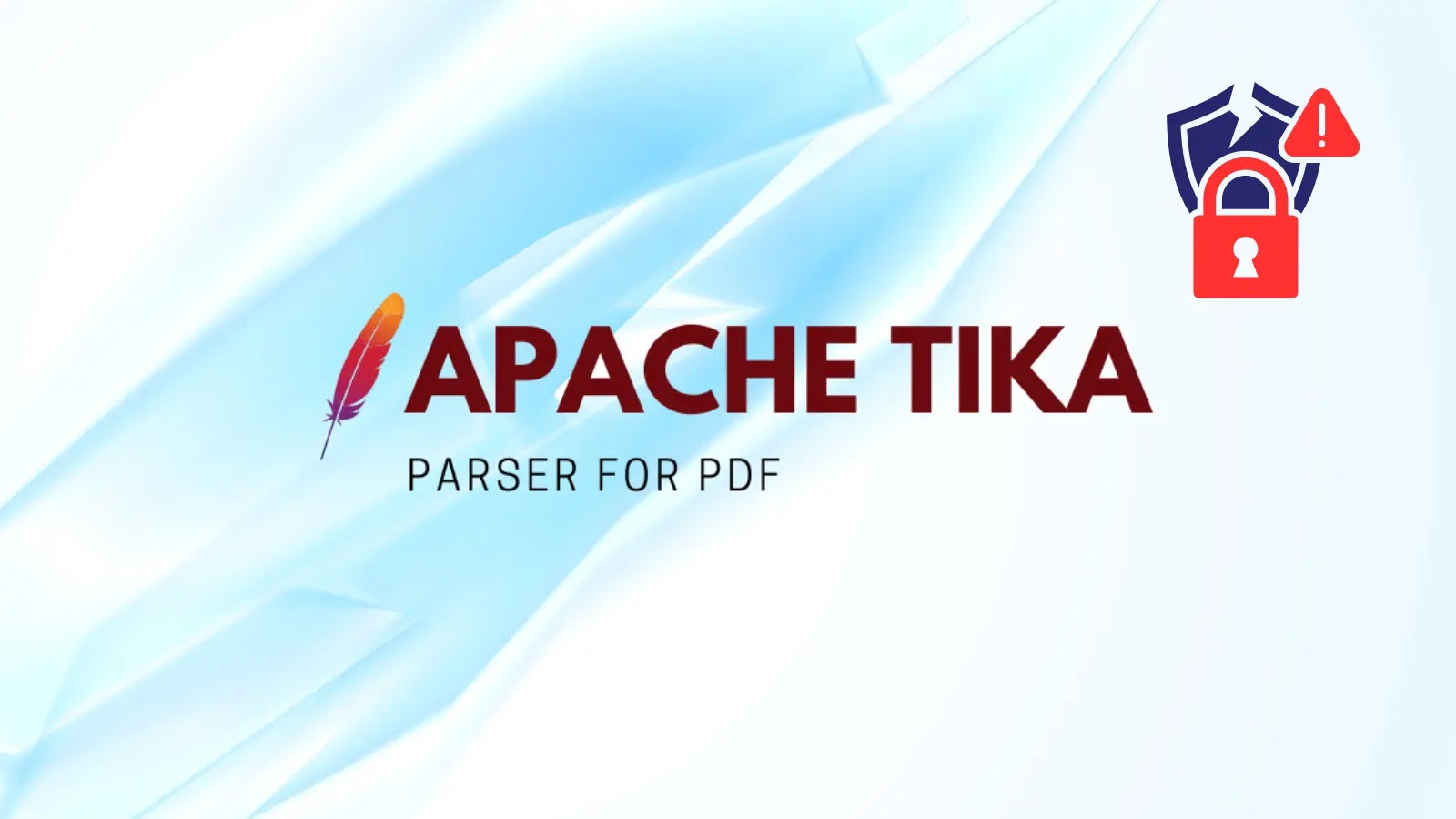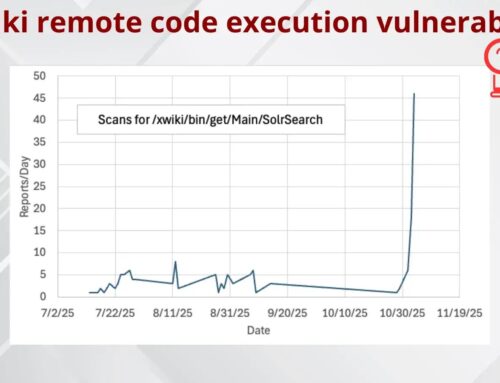
Critical Apache Tika PDF Parser Vulnerability Allow Attackers to Access Sensitive Data
Critical Apache Tika PDF Parser Vulnerability Exposes Sensitive Data
The digital landscape is a constant ebb and flow of innovation and emerging threats. A critical security vulnerability has been identified in the PDF parser module of Apache Tika, a widely used document parsing library. This flaw, tracked as CVE-2025-54988, could enable attackers to gain unauthorized access to sensitive data and trigger malicious requests to internal systems. Security researchers have assigned it a critical severity rating, underscoring the immediate need for attention from IT professionals and developers.
Understanding the Apache Tika PDF Parser Vulnerability
Apache Tika is an open-source content detection and analysis framework used to extract text and metadata from over a thousand different file types, often integrated into enterprise search engines, document management systems, and data analytics pipelines. The vulnerability specifically resides within its PDF parser component. Exploitation of CVE-2025-54988 could allow an attacker to craft a malicious PDF document that, when processed by a vulnerable Apache Tika instance, triggers a variety of undesirable outcomes.
- Sensitive Data Exposure: Attackers could potentially extract proprietary information, personal identifiable information (PII), or other confidential data that the Tika instance has access to.
- Internal System Access: The vulnerability could be leveraged to initiate requests to internal systems that are otherwise not accessible from the external network, leading to further compromise or lateral movement within an organization’s infrastructure.
Affected Versions and Severity
Multiple versions of Apache Tika are affected by CVE-2025-54988. While specific version ranges have not been widely publicized at the time of this writing, organizations utilizing Apache Tika for PDF parsing should assume their deployments are at risk until confirmed otherwise. The critical severity rating signifies that the vulnerability is easy to exploit and has a high impact on the confidentiality and integrity of systems.
Remediation Actions
Addressing CVE-2025-54988 requires immediate action. Organizations should prioritize these steps:
- Update Apache Tika: The most crucial step is to upgrade to the latest patched version of Apache Tika as soon as it becomes available. Monitor official Apache Tika announcements and security advisories for release details.
- Isolate PDF Processing: If immediate patching is not feasible, consider isolating systems that process PDFs with Apache Tika. This can involve placing them in a segmented network zone with strict egress filtering.
- Input Validation: Implement robust input validation for all PDF documents processed by Apache Tika, even though this may not fully mitigate the specific parser vulnerability.
- Monitor Logs: Increase forensic logging and actively monitor logs for unusual activity originating from systems using Apache Tika. Look for unauthorized data access attempts or outbound connections to unexpected destinations.
- Security Scans: Regularly scan your applications and infrastructure for known vulnerabilities, including those related to third-party libraries like Apache Tika.
Relevant Tools for Detection and Mitigation
A combination of tools can assist in identifying vulnerable instances and bolstering your defense against such attacks.
| Tool Name | Purpose | Link |
|---|---|---|
| OWASP Dependency-Check | Identifies known vulnerabilities in project dependencies. | https://owasp.org/www-project-dependency-check/ |
| Nessus | Comprehensive vulnerability scanning for network devices and applications. | https://www.tenable.com/products/nessus |
| ClamAV | An open-source antivirus engine for detecting malicious files, including PDFs. | https://www.clamav.net/ |
| Wireshark | Network protocol analyzer for monitoring traffic and identifying suspicious connections. | https://www.wireshark.org/ |
Conclusion
The discovery of CVE-2025-54988 in Apache Tika’s PDF parser highlights the ongoing importance of diligent patching and proactive security measures. Organizations must act swiftly to identify and update affected systems to mitigate the risk of sensitive data exposure and internal system compromise. Regular vulnerability assessments and a robust incident response plan are essential components of a strong cybersecurity posture.





